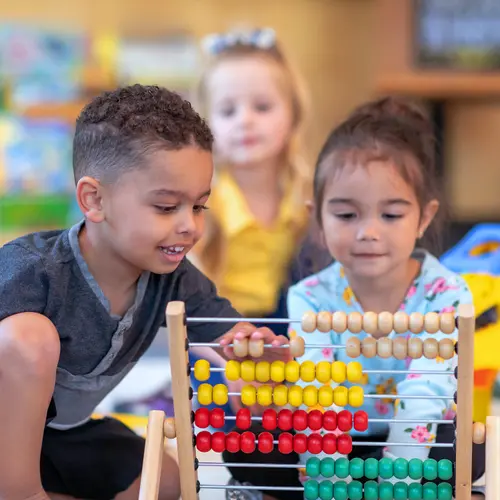You can find Molly at concerts, festivals and anywhere teens and young adults gather. But Molly isn’t a girl; it’s an illegal recreational drug, one of several now growing in popularity. Because they’re illegal, there are no controls over what might be in them. In fact, many aren’t even the substance they’re sold as.
Here’s what experts say parents -- and anyone who takes these drugs -- should know:
1. Molly
Between 5% and 7% of high-schoolers have tried what they thought was Molly, according to the National Institute on Drug Abuse. Molly is popular at parties and concerts, and some bands have sung about it.
When it first came out, it was a pure form of a banned drug called MDMA or Ecstasy, which is known for producing feelings of euphoria and friendliness.
“The buzz about Molly is the result of widespread misconceptions about what the drug really is,” says David Sack, MD, an expert in addiction psychiatry and addiction medicine. “Teens think it is pure Ecstasy ... and that it is somehow safe.”
Molly today is neither pure nor safe, according to the Drug Enforcement Administration. “Molly can be pretty much anything,” says Special Agent Joseph Moses. “Molly is whatever the seller wants to say is Molly. In one region, only about 13% of the samples that were submitted to our lab that were supposedly MDMA contained any.”
Molly has been tied with a number of overdoses and deaths nationwide. Molly, or MDMA, has left people with severe muscle tension and seizures as well as dangerous overheating. It can lead to depression and anxiety that can last for days, and can even cause memory loss.
“Most of the time,” says Sack, “Molly is a mixture of any number of synthetic drugs, many of which are more dangerous and less predictable than MDMA.”
2. Spice, or K2
Use of an herbal mixture called Spice is also on the rise. A 2012 study found it was second only to marijuana in recreational drugs used by high school seniors. “It’s marketed as synthetic marijuana,” Moses says. It’s not, “but it’s designed to produce similar effects.”
Spice, also called K2, is made by spraying man-made chemicals onto leaves that can be smoked, says Moses. The chemicals cause the high. Spice is sold in gas stations and corner stores in small containers as herbal incense or potpourri. It’s labeled “not for human consumption” to get around drug laws.
Like Molly, there are no rules over what’s sold as Spice. The five chemicals most often used in making it are controlled substances. But what’s in one package may be different from what’s in the next, Moses says. “The active ingredient may not be the same."
“People who use Spice have reported vomiting, confusion, fast heart rate, paranoia, extreme anxiety, and hallucinations,” Sack says.
3. An Emerging Threat: Krokodil
Krokodil (pronounced crocodile) is a homemade substitute for heroin, invented in rural Russia. The chemical name for the main ingredient is desomorphine. Krokodil can turn your skin green or black and scaly, hence its name. “It’s getting a lot of attention because of its effect,” Moses says, but it’s not clear whether it has made its way into the U.S.
The drug is made from codeine mixed with household chemicals like paint thinner and gasoline, Sack says. It’s injected and can reportedly cause a high “ten times more powerful than morphine,” Sack says.
It’s also three times as toxic, Moses says.
Bottom line: When young people choose to use these drugs, Moses says, they “are taking their lives into their hands.”


